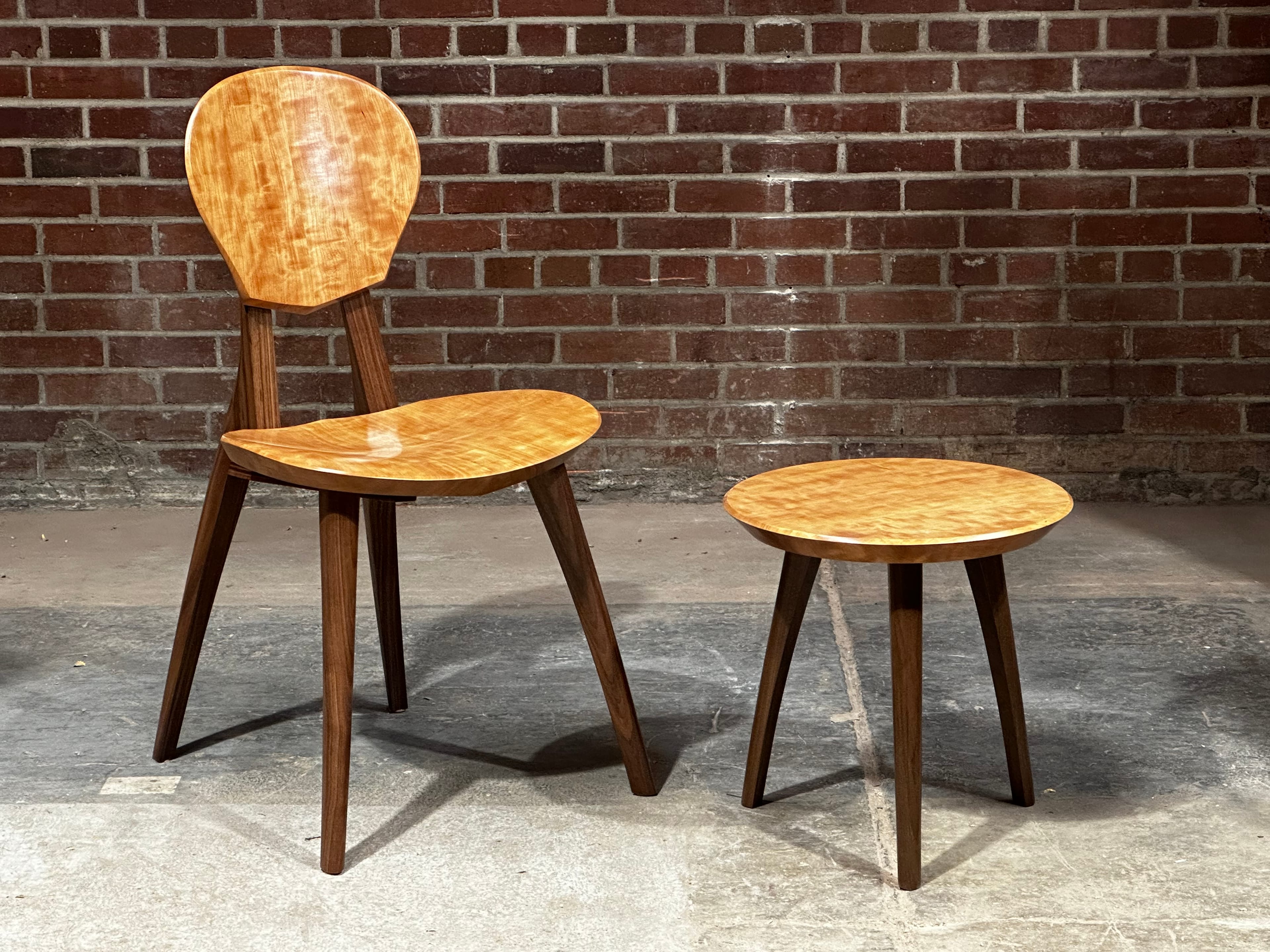The Hands That Shape Asheville

Image via East Fork
From colorful pottery and herbal tinctures to glasswork and heirloom chairs, the creative culture of Asheville is both deeply local and inspired by tradition. We spoke to four makers who are keeping the legacy of Appalachian craft alive.
East Fork

Rooted in North Carolina’s deep ceramic lineage and shaped by global traditions like Japanese Mingei and English slipware, East Fork creates pottery with precision, care and a clear reverence for craft. “Our training drew from a wide range of traditions, but that foundational understanding of form and that deep respect for craft still guide our work today,” says founder and CEO Alex Matisse. From designing their own clay and glaze recipes to refining the curve of a mug for perfect balance, every detail is intentional. “A finished piece should carry the same quiet, loving care as a freshly swept floor,” says Matisse.

In the wake of Hurricane Helene, Matisse reflects on the creative spirit that binds Western North Carolina: “The smaller makers are the heart and soul of this place.” It’s a region still living in the afterglow of resilience—a community holding fast to a sense of shared humanity. “That is sort of the space that many of us are living in, and trying to hold on to, after a year like 2024.” In that spirit of care and connection, East Fork continues to make—not just pottery, but meaning.
Heilbron Herbs

Heilbron Herbs is rooted in the rich, interwoven herbal traditions of Appalachia—blending Indigenous wisdom, African traditions and European herbalism with the modern insights of science. “We are largely guided by the generations of herbalists before us,” says founder and CEO Sari Bellmer.
"Today we have the privilege of coupling a lot of that with the findings of science.” These scientific insights reveal the healing powers of plants. Heilbron Herbs' intentional marriage of tradition and innovation drives the company’s ethical approach, grounded in sustainability and local sourcing. Bellmer personally ensures that all plants are sourced from small, regenerative farms in North America. “My rule is if I can’t source a plant from a small, regenerative, North American farm, then I won’t use it,” Bellmer explains.
Their fresh, potent herbal tinctures stand out in a crowded industry, offering customers products made with care and respect for both people and the planet. In the wake of Hurricane Helene, Bellmer notes, “There’s a renewed sense of commitment to be connected in our creativity,” as Western Carolina’s creative community regains its vibrant spirit.
Hayden Wilson Glass

Growing up in the mountains of North Carolina, Hayden Wilson was steeped in a rich community of makers—his father a glassblower, his mother a potter. Penland School of Crafts was just down the road too. “Having such a strong and supportive community has been invaluable in my decision to make glass my career,” he says.
Today, Wilson carries that legacy forward with a practice that begins with raw materials—batches made from sand, soda and limestone, melted in a furnace at 2300°F in Spruce Pine, NC. The result is thoughtful, approachable work. “The thing I appreciate about glass,” he says, “is that once you pull your material from the furnace, it demands your absolute attention and every movement and moment is intentionally calculated to achieve the end design.”
Whether it’s a sculpture that adds beauty to a home or a cup used daily, Wilson hopes his work “invokes curiosity. For him, making is inseparable from the spirit of place, and Western North Carolina’s creative resilience continues to shape his approach: “Seeing the resilience through Helene and having everyone come together to help each other is really inspiring.
Brian Boggs Chairmakers

In a quiet Asheville workshop, Brian Boggs carries forward the soul of Appalachian craft, shaped by a lifelong study of wood and a reverence for tradition. “I built the foundation of my understanding and skills making traditional Appalachian chairs,” he says. “Their wisdom and mastery has inspired me.”

Today, Boggs begins not with lumber, but with logs—reading each for strength, clarity and the elasticity of its fibers. This meticulous approach allows him to steam-bend, shape and join wood with a level of precision that honors the past while exploring new forms. “What we make is a material object,” he says, but what he really hopes to share is the spirit behind it—“love of the craft, care for the future and an honor of our history.”
The result is furniture that resonates with quiet power—pieces that offer, as Boggs puts it, “a bit of happiness… and wholesomeness in a deep sense.”




